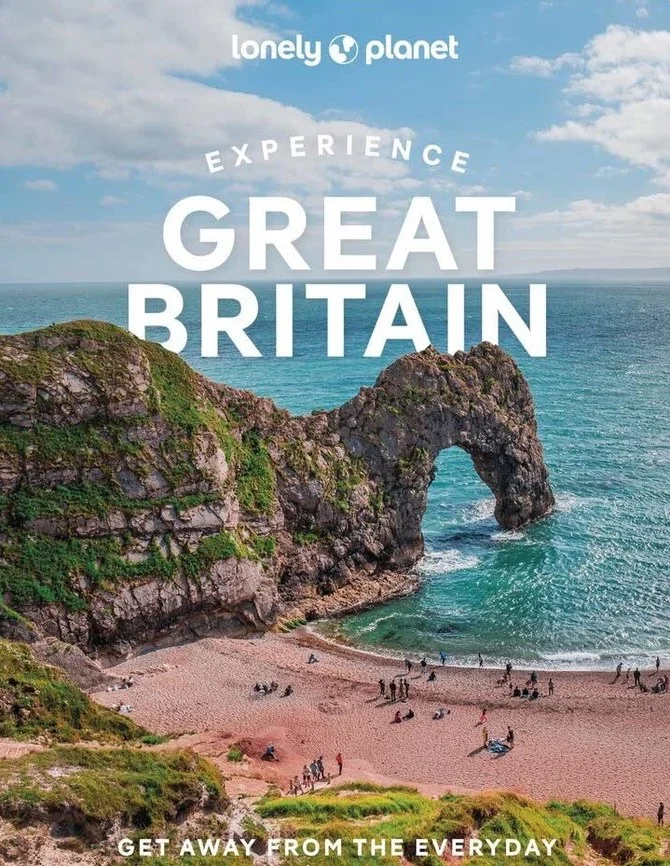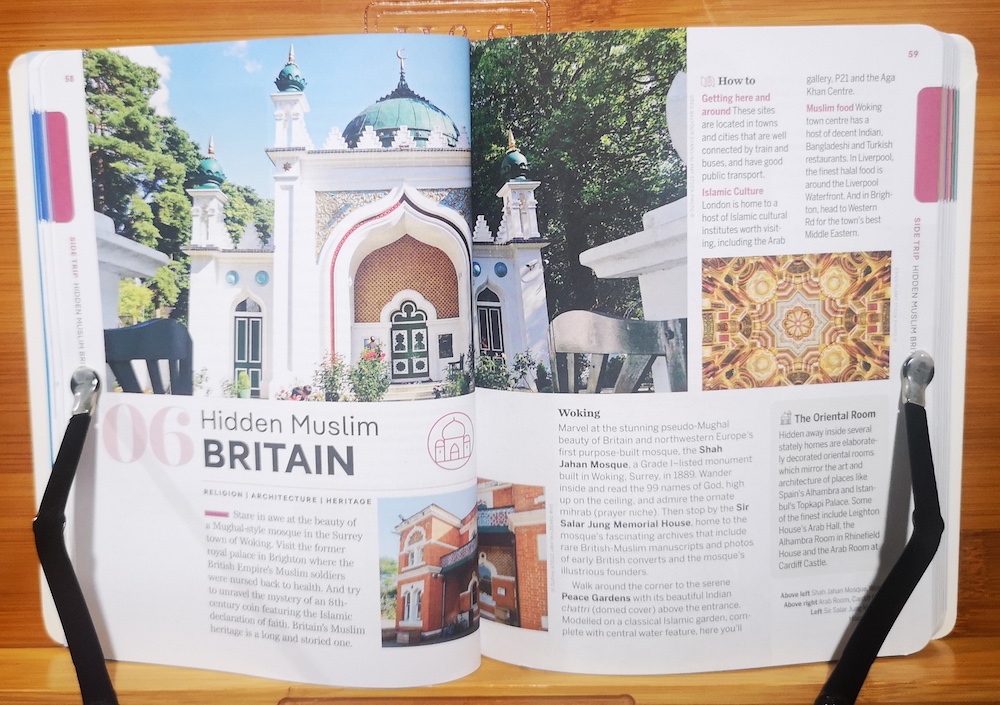
New Lonely Planet guide shines a light on Britain’s hidden Muslim heritage
LONDON: A new Lonely Planet guide to Great Britain features an entire chapter on the country’s little-known Islamic heritage, which stretches back more than 1,200 years.
Published this month, “Experience Great Britain” is part of the publisher’s range of “anti-guidebooks,” so-called because of the unique local perspectives they offer travelers.
The guide to Britain has sections and essays titled “Legacies of Empire,” “Bristol’s Black History,” “An Other London” and “Hidden Muslim Britain,” all of which seek to shine a light on the nation’s marginalized cultures and their stories.
Tharik Hussain, the Muslim author of “Minarets in the Mountains: A Journey Into Muslim Europe,” which explores the continent’s indigenous Muslim cultures, contributed to the new travel guide.
“I think it is wonderful to see mainstream guidebooks like this finally going out of their way to include such really diverse experiences for visitors,” he said.
“So often, writers like me are brought onto such projects to tick a box and create the impression there are diverse perspectives in it, but actually we’re often asked to just write about the same things covered by the previous writers. What’s diverse about that?
“To achieve truly diverse perspectives commissioning editors must select writers from different backgrounds and then be brave and empower writers to come back with what they find interesting, even if that goes against the editor’s expectations.”
Hussain, who developed one of the UK’s first Muslim heritage trails, wrote the “Hidden Muslim Britain” chapter, which focuses on Woking — home to the UK’s first purpose-built mosque, the Shah Jahan — Liverpool and Brighton, where some of the country’s most visible Islamic legacies can be found.
These include Britain’s first Muslim cemetery — the final resting place of convert lords, ladies and Muslim royalty — and Brighton Pavilion, where injured Muslim (as well as Sikh and Hindu) soldiers fighting for Britain in World War I were treated.

“The guide also reveals where to visit spectacular ‘oriental rooms’ modeled on famous Muslim palaces like the Alhambra in Spain and the Topkapi in Turkey,” Hussain said.
“This is supported by an essay called Anglo Islam that reveals how Islam came to the island as early as the 8th century, when an Anglo-Saxon king called Offa minted a gold coin featuring part of the Muslim declaration of faith in Arabic.”
The essay also tells of how Britain’s first real Muslim community “were a group of white, convert Victorians who worshipped at the country’s first mosque in Liverpool, founded by a solicitor called Henry William Quilliam, later Abdullah Quilliam,” he added.
The section on empire tells visitors where they can go to learn about “the horrors of British imperial rule,” and how to experience more positive post-colonial legacies like the stunning Neasden Temple in northwest London, built by immigrants who moved to Britain after the collapse of the empire, Hussain said.
The guide also tells of the cultural institutes set up by the Turkish, Palestinian, Bangladeshi and Black communities in London, like the Black Cultural Archives in Brixton, and offers alternatives to the usual tourist attractions, such as the Muslim History Tours and the Open City walking tours that explore London’s forgotten Chinese heritage.
SOURCE: https://www.arabnews.com/node/2172956/lifestyle

